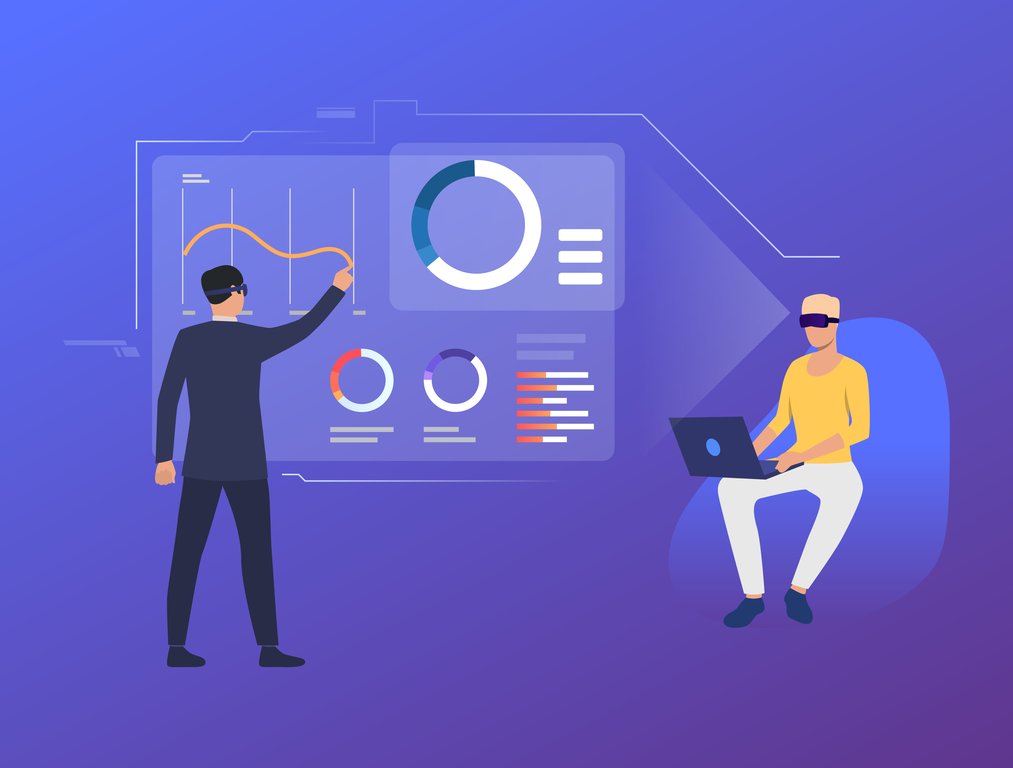Predictive Analytics with AI: Turning Businesses from Reactive to Proactive

In today’s highly competitive and data-driven economy, success depends not only on reacting quickly to changes but also on anticipating them before they occur. Businesses are now turning to predictive analytics—powered by Artificial Intelligence (AI) and machine learning—to forecast trends, identify risks, and uncover new opportunities. This shift is more than a technological upgrade; it’s a strategic move that enables organizations to stay one step ahead and build resilience in a rapidly changing world.
The Limitations of Traditional Business Decision-Making
For decades, organizations relied on historical data and human judgment to make strategic and operational decisions. While valuable, this reactive approach often left businesses vulnerable to unexpected disruptions and market volatility.
Key challenges of traditional methods include:
- Reactive insights – relying on what has already happened rather than predicting what will happen.
- Delayed response times – slow analysis can lead to missed opportunities or costly delays.
- Data silos – fragmented systems prevent holistic analysis across departments.
- Limited scalability – as data volumes grow, manual or legacy analytics tools struggle to keep pace.
The Rise of Predictive Analytics
Predictive analytics combines advanced statistical techniques, AI, and machine learning to analyze current and historical data, identify patterns, and forecast future outcomes. From retail and manufacturing to healthcare and finance, predictive analytics is reshaping how organizations plan, respond, and grow.
Here’s why businesses are rapidly adopting predictive analytics:
1. Smarter Forecasting and Demand Planning
Predictive analytics helps businesses anticipate customer demand, seasonal trends, and market fluctuations. For example, retailers can optimize inventory levels to prevent stockouts or overstocking, while manufacturers can align production schedules with demand forecasts.
2. Proactive Risk Management
By identifying warning signs early, predictive models enable organizations to mitigate risks before they escalate. Banks use predictive analytics to detect fraudulent transactions in real-time, while supply chain managers use it to anticipate potential disruptions.
3. Enhanced Customer Insights
AI-driven analytics reveal hidden patterns in customer behavior, preferences, and purchase history. Businesses can proactively design personalized marketing campaigns, improve customer service, and boost loyalty by anticipating needs rather than reacting to complaints.
4. Operational Efficiency and Cost Reduction
Predictive maintenance in industries such as aviation, energy, and manufacturing ensures that equipment is serviced before failures occur. This reduces downtime, extends asset lifespan, and cuts maintenance costs significantly.
5. Real-Time Decision Making
With AI-powered predictive analytics, businesses can make decisions instantly, supported by real-time data. For example, logistics companies can reroute deliveries on the fly based on weather forecasts, traffic congestion, or shipment risks.
6. Stronger Competitive Advantage
Organizations that anticipate trends and disruptions are better equipped to outpace competitors. Predictive analytics empowers leaders to align resources with upcoming opportunities, respond swiftly to market shifts, and build long-term resilience.
Applications Across Industries
- Retail & E-commerce – Personalized recommendations and optimized inventory.
- Healthcare – Predicting patient readmissions, disease outbreaks, and treatment outcomes.
- Finance – Credit risk modeling, fraud detection, and portfolio optimization.
- Manufacturing – Predictive maintenance, quality control, and demand forecasting.
- Supply Chain – Anticipating disruptions, optimizing logistics, and reducing costs.
Conclusion
Predictive analytics has shifted from being a futuristic idea to an essential tool for businesses navigating uncertainty. By converting data into actionable foresight, AI-driven predictive analytics empowers organizations to shift from reactive responses to proactive strategies. Companies that adopt this capability are better positioned not only to withstand market disruptions but also to capture opportunities ahead of their competitors.
As AI advances, predictive analytics will grow more precise, accessible, and influential—redefining the way businesses operate and achieve success in the digital age.
Sources – Company Research, Internet



